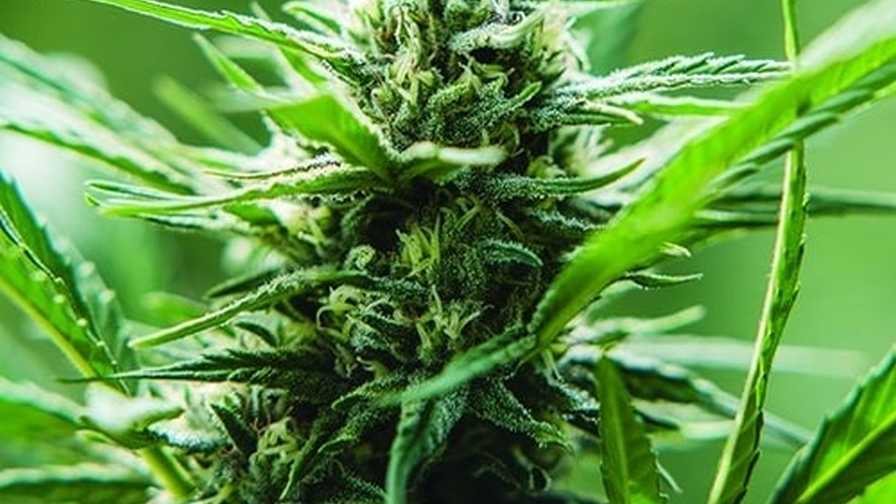New Genetic Test Predicts THC Versus CBD in Cannabis
 Hemp growers have to deal with the uncertainty of whether their Cannabis sativa crop will meet legal THC standards. The molecules CBD and THC appear in different amounts in crops.
Hemp growers have to deal with the uncertainty of whether their Cannabis sativa crop will meet legal THC standards. The molecules CBD and THC appear in different amounts in crops.
Greenhouse hemp growers monitor Cannabis sativa plants throughout the season and send samples off for chemical analysis, but THC levels peak at the plant’s maturity and can catch growers off guard. If the crop exceeds federal THC levels, the growers must destroy the crop. This makes growing industrial hemp much riskier than other crops.
A University of Minnesota-led research team is hoping to change this.
“We validated a simple genetic test that can predict whether a plant will produce mostly the CBD or THC molecule, using a variety of Cannabis sativa plants,” says George Weiblen, a Professor in the College of Biological Sciences and the Science Director & Curator of Plants at the Bell Museum. The research team, led by the Weiblen Lab, published their findings in the American Journal of Botany.
The group studied three different varieties of cannabis plants from industrial hemp growers. Researchers compared genetic markers with the ratio of THC versus CBD, and then verified that genetics were a good predictor of the ratio.
Depending on the THC level, cannabis plants earn the title of hemp or marijuana. However, the researchers argue that a definition based on THC alone doesn’t match the biology. Instead, they propose using the ratio of THC to CBD to separate THC-type plants from CBD-type plants.
Researchers were surprised when analyzing stands of ditch weed — populations descended from fiber hemp cultivated in Minnesota during WWII — contained both CBD-type and THC-type plants. The populations are mixed and the mixing of plant types extends beyond ditch weed. Weiblen notes that finding THC-type plants in a field of ditch weed is rare, a 1 in 100 chance. The THC levels are also much lower than what marijuana users are seeking.
Learn more in this report from the University of Minnesota.









